Muzeum Lotnictwa Polskiego
Oct 5, 2013 13:43:07 GMT 12
Dave Homewood, corsair5517, and 1 more like this
Post by nuuumannn on Oct 5, 2013 13:43:07 GMT 12
I've prepared an article about the Polish aviation museum in Cracow (MLP), which I visited many years ago now and am attempting to convince my editor to publish it. This is a world class facility, but it is little known outside of Europe. It is famous primarily because of the Great War aeroplanes that survive in its hangars, although its indigenous Polish airframes are rare and important survivors, too. The Great War aircraft in the museum's collection are all unique and arrived in Poland via a circuitous route, originally being part of the Deutches Luftfahrt Sammlung in Berlin, opening in 1936, which was at the time the biggest air museum in the world. Destroyed in a bombing raid in 1943, rumour has it that the staff dragged burning airframes from the building and those that survived were trucked off to Poland, where they have been refurbished and put on display. Here are some images from the MLP.
First off, here is a model of the Deutches Luftfahrt Sammlung in the Deutches Technik Museum in Berlin. Note the Do X flying boat in the centre and the last surviving intact Fokker Dr I that Richtofen flew in the shadows to the right. Directly behind the Do X is a Hawker Hurricane that was flown to German territory by a German spy of Czech origin, who joined the RAF and defected mid war. The aircraft was listed as failed to return for years and then images of the German museum turned up after the war with the Hurricane plainly visible. A fascinating story. Outside the museum was a number of airframes captured from German conquests, including a couple of Spitfires, A Vickers Wellington fuselage and a Fairey Battle.
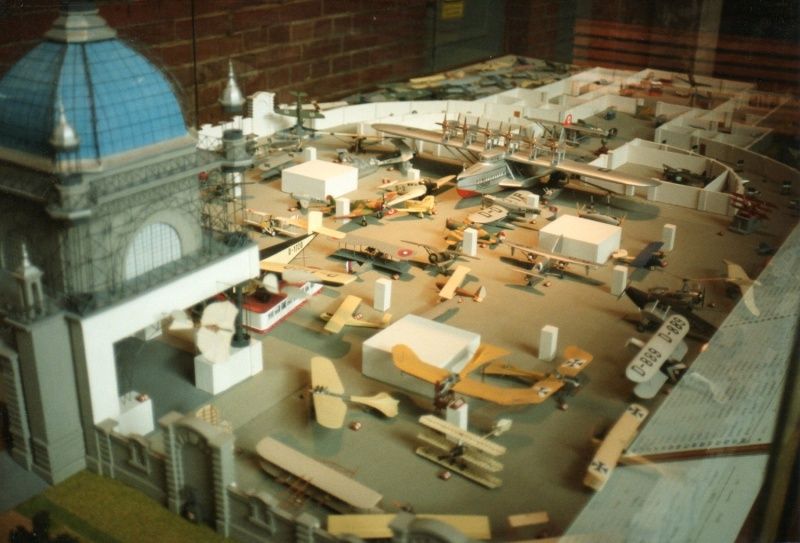
A few of the restored Great War airframes from the German museum now at MLP. From left to right: Halberstadt CL II, LFG Roland D VI, DFW C V, Aviatik C III, Albatros C I, Albatros B II. The latter is the oldest surviving Polish operated aeroplane.
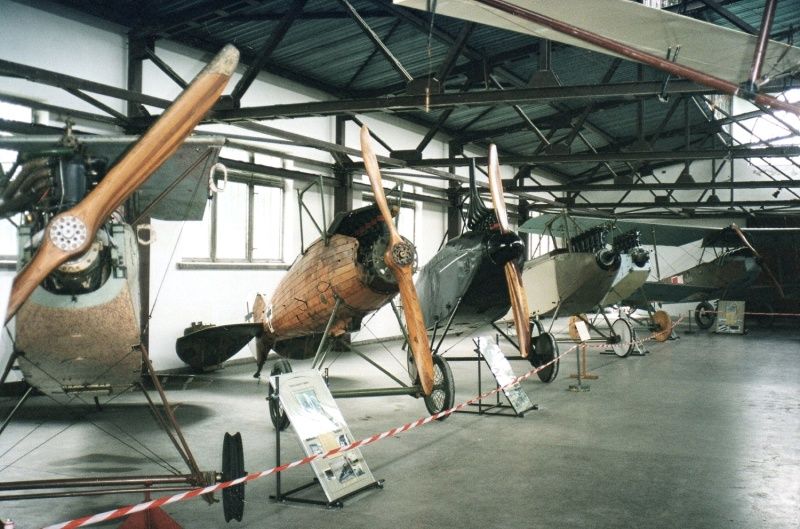
A view of the exterior of the museum and some of the enormous number of Soviet era equipment there. From right foreground: three Sukhoi Su-7s with various MiG-21 variants completing the front row. At left, rear row: MiG-19PM, three WSK SB Lim-6s, one SB Lim-5; both licence built MiG-17s, a single MiG-15UTI, two WSK SB Lim-2s; licence built MiG-15 UTIs, a WSK Lim-2, and a WSK Lim-1; both licence built MiG-15s and a single WSK TS-11 Iskra.
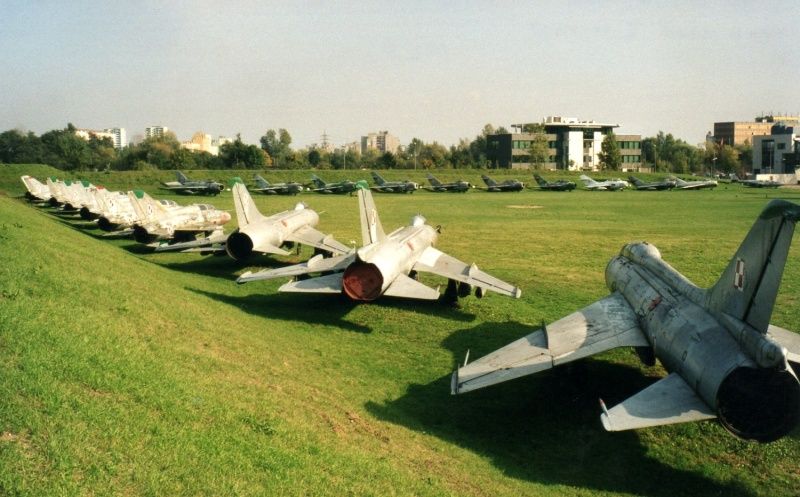
A few of the rarest aircraft in the museum collection. This is a Curtiss Hawk II - a very rare machine in itself, but this particular one has special provenance; it was flown by Ernst Udet at the opening ceremony of the 1936 Berlin Olympics.

On the right side of the fin in place of the swastika is the horizontal red white and black stripes of the Weimar Republic.
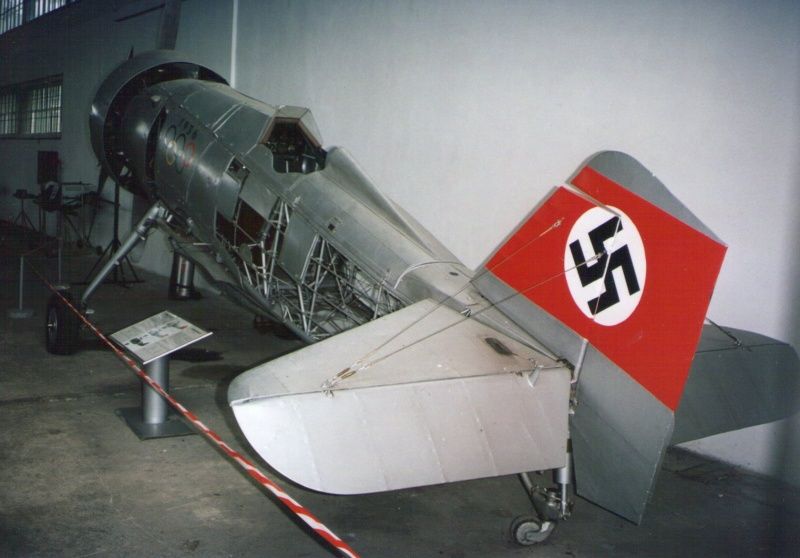
Since these photos were taken, the aircraft has been restored to a runnable condition and the museum runs it and a number of its other aircraft on open days.
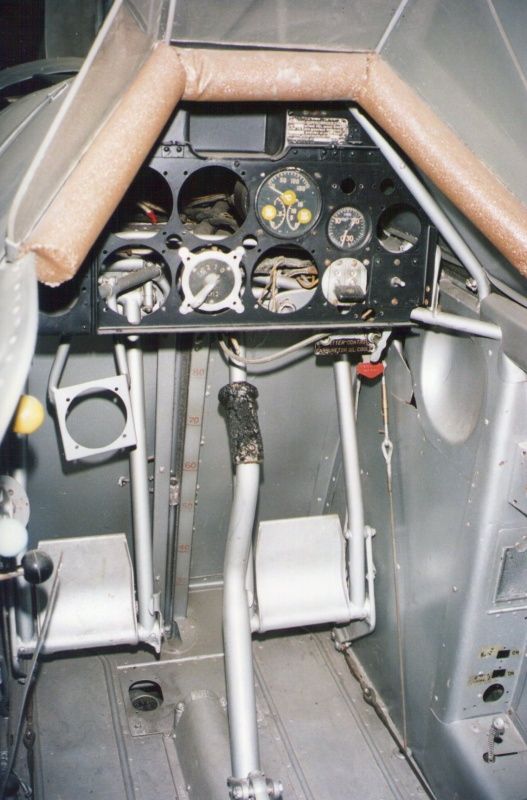
Two more Sammlung airframes and the most important to the Poles; the only surviving PWS-26 basic trainer;
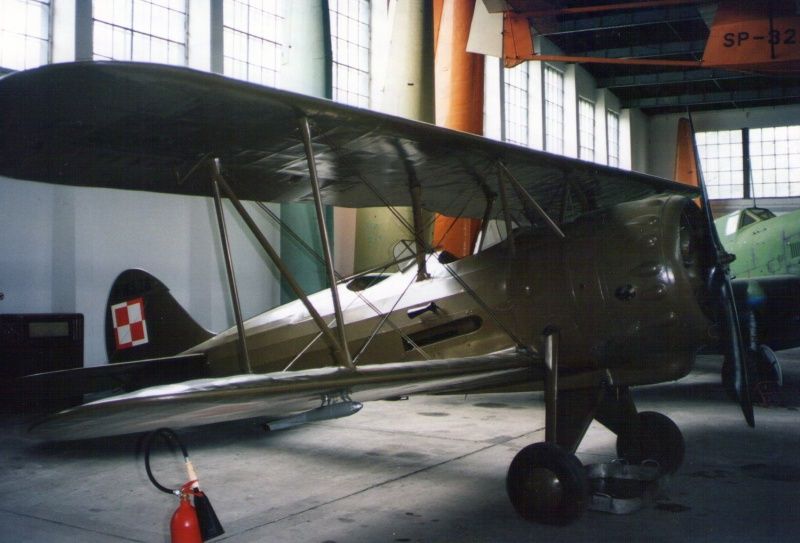
...And what was described to me as 'The Mona Lisa of the collection'; the last surviving PZL P-11C fighter. The Spitfire in the background was involved in a trade with the RAF Museum in the 1970s for the only surviving Airco D.H.9A, formerly at the Sammlung and now on display at Hendon.
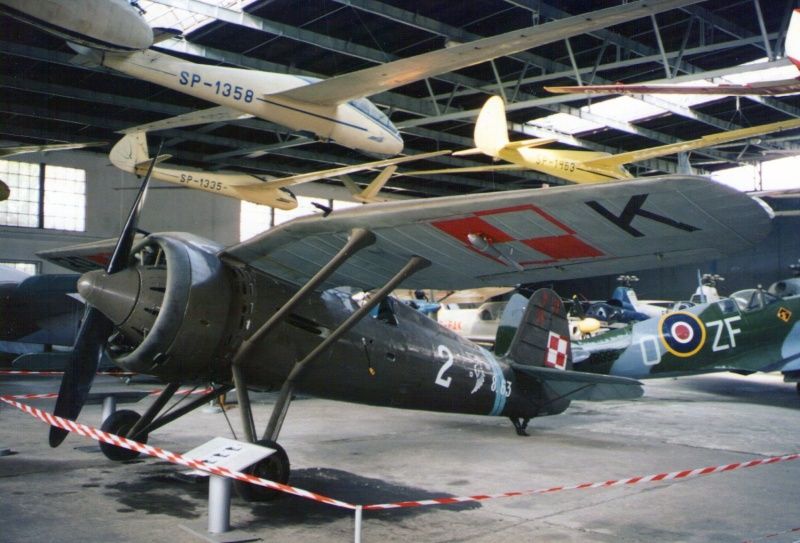
This aircraft can be seen in the model of the German museum at centre to the right of the Do X's nose.
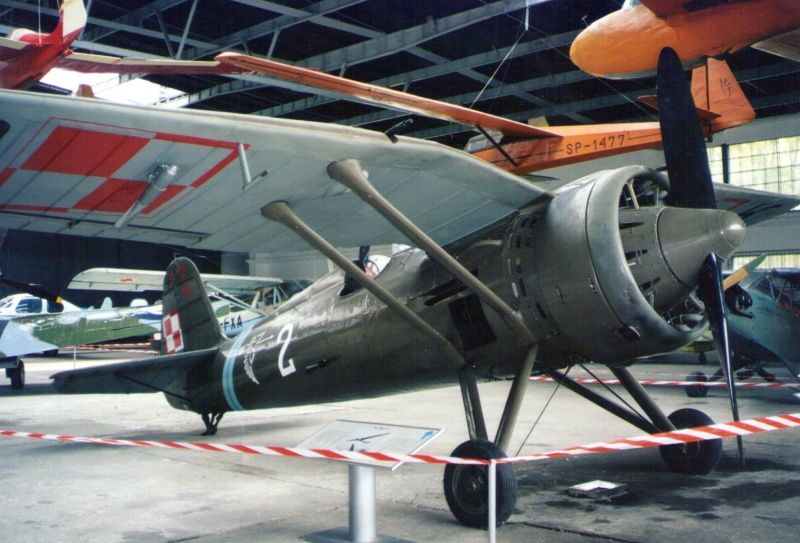
This aircraft was flown against the Luftwaffe during its invasion of Poland in 1939 and therefore is of particular significance to the Poles, representing to them more than just a preserved historic airframe.

Despite the obsolsecence of the P-11 by comparison to the ultra modern and high performance Luftwaffe fighters and bombers, many of Poland's wartime aces opened their accounts in these aeroplanes.
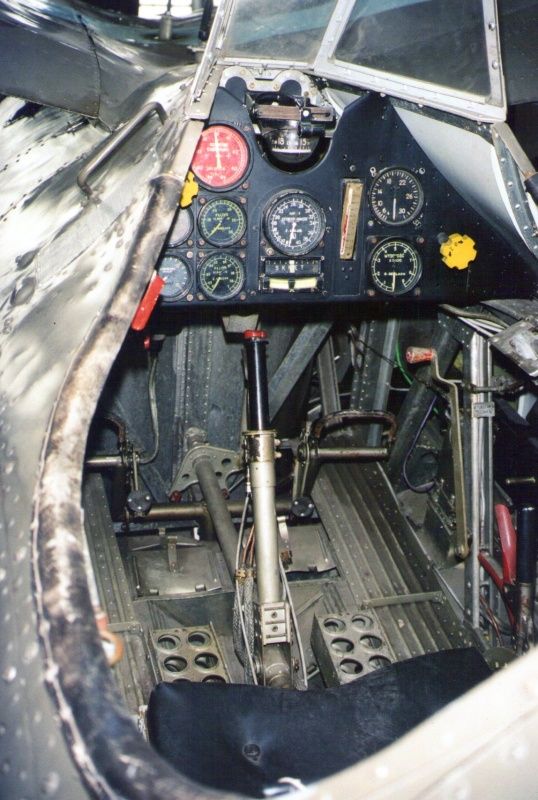
Finally, a link to the museum's website. If any of you are in the area, I cannot recommend visiting this place enough.
www.muzeumlotnictwa.pl/
First off, here is a model of the Deutches Luftfahrt Sammlung in the Deutches Technik Museum in Berlin. Note the Do X flying boat in the centre and the last surviving intact Fokker Dr I that Richtofen flew in the shadows to the right. Directly behind the Do X is a Hawker Hurricane that was flown to German territory by a German spy of Czech origin, who joined the RAF and defected mid war. The aircraft was listed as failed to return for years and then images of the German museum turned up after the war with the Hurricane plainly visible. A fascinating story. Outside the museum was a number of airframes captured from German conquests, including a couple of Spitfires, A Vickers Wellington fuselage and a Fairey Battle.

A few of the restored Great War airframes from the German museum now at MLP. From left to right: Halberstadt CL II, LFG Roland D VI, DFW C V, Aviatik C III, Albatros C I, Albatros B II. The latter is the oldest surviving Polish operated aeroplane.

A view of the exterior of the museum and some of the enormous number of Soviet era equipment there. From right foreground: three Sukhoi Su-7s with various MiG-21 variants completing the front row. At left, rear row: MiG-19PM, three WSK SB Lim-6s, one SB Lim-5; both licence built MiG-17s, a single MiG-15UTI, two WSK SB Lim-2s; licence built MiG-15 UTIs, a WSK Lim-2, and a WSK Lim-1; both licence built MiG-15s and a single WSK TS-11 Iskra.

A few of the rarest aircraft in the museum collection. This is a Curtiss Hawk II - a very rare machine in itself, but this particular one has special provenance; it was flown by Ernst Udet at the opening ceremony of the 1936 Berlin Olympics.

On the right side of the fin in place of the swastika is the horizontal red white and black stripes of the Weimar Republic.

Since these photos were taken, the aircraft has been restored to a runnable condition and the museum runs it and a number of its other aircraft on open days.

Two more Sammlung airframes and the most important to the Poles; the only surviving PWS-26 basic trainer;

...And what was described to me as 'The Mona Lisa of the collection'; the last surviving PZL P-11C fighter. The Spitfire in the background was involved in a trade with the RAF Museum in the 1970s for the only surviving Airco D.H.9A, formerly at the Sammlung and now on display at Hendon.

This aircraft can be seen in the model of the German museum at centre to the right of the Do X's nose.

This aircraft was flown against the Luftwaffe during its invasion of Poland in 1939 and therefore is of particular significance to the Poles, representing to them more than just a preserved historic airframe.

Despite the obsolsecence of the P-11 by comparison to the ultra modern and high performance Luftwaffe fighters and bombers, many of Poland's wartime aces opened their accounts in these aeroplanes.

Finally, a link to the museum's website. If any of you are in the area, I cannot recommend visiting this place enough.
www.muzeumlotnictwa.pl/






